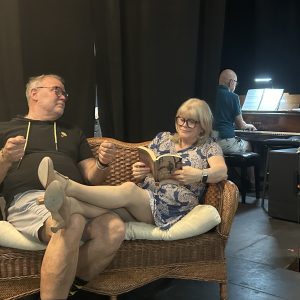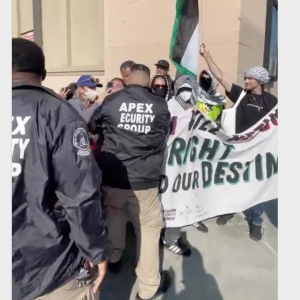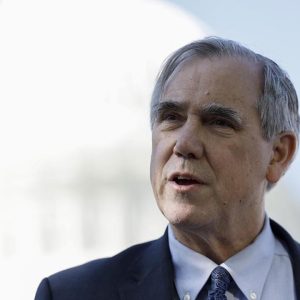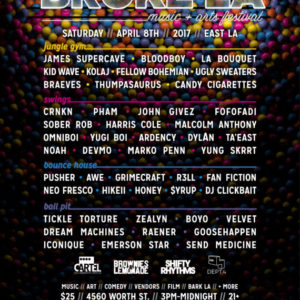 View Winners →
View Winners → 
I first grew to love Kalkbrenner’s music when I heard a track of his featured in a James Holden compilation. “Gebrunn Gebrunn” – of course! Everyone started to hear about Paul when that track came out. It was fresh, exciting, different, emotive. It was lush with sonic textures that many had not heard before, and all signature Paul. For whatever reason, I thought I was different. I had been listening to dance music for so long before that, starting with trance giants like Paul Oakenfold and ATB before settling on progressive, electronica, drum and bass, and techno by the mid 2000s. I thought I had heard everything EDM had to offer, and yet this still blew my mind.
Electronic Dance Music. I guess that’s what they called it back then. A phrase that once held much innocence, with noble intent to democratize drum machines and synthesizers, EDM has now become synonymous with a growing trend of mainstream insipidness and instant gratification. The same time I first heard “Gebrunn”, Deadmau5 and Wolfgang Gartner laid down the roots to what was a radical shift in the way we think about something as typical-sounding as electro house, allowing the meteoric rise of new talent like Skrillex, Martin Garrix, and Hardwell. These young and admittedly skillful producers connected with a crowd much different from the longtime “fans” and “die-hards” of the “underground” music scene. But it’s not necessarily that these artists put out soulless music; on the contrary, their music inspires so many to follow their successful formulae that the music world gets saturated with the same sounds. Why does it have to be this way? Why does electronic music have to straddle this false dichotomy between allegedly tasteful esotericism and bro-tank stunner shade ubiquity?
Paul has somehow tactfully avoided the trap altogether, eschewing musical influence completely while simultaneously having extensive popular appeal in Europe. When asked if there were any contemporaries who commanded his attention, he chuckled and said he didn’t really know of anyone. This wasn’t spoken with any hint of egocentrism, but more as a revelation of his peculiar work ethic. “I’m not a DJ,” he stated rather matter-of-factly, “so I’m not into interchanging. I only play my music, and my goal is to stay intentionally inspire-less.” He describes most of his day as reading novels and blogs, spending time with his wife, and keeping to himself. It was indeed an interesting take on what appears to be an issue of every new, popular artist: with everyone following the same formulae, that “inspiration” soon becomes paradoxically uninspiring.
“People absorb everything around them, whether they try to or not,” he continues. He isn’t commenting on the beauty of human nature, but the danger of being an artist when natural tendencies are to perceive and interpret the world. “I can’t put my finger on it, but [my inspiration] is inside. I try and want to make music, to tell some kind of story, MY story, and tell it again. I don’t want to tell someone else’s [story], or influence the world; my music doesn’t have the power to influence the music of the world. Charts are just popular music. I make music that calls to me, and I will not change.” It highlighted a recent collective desperation for a “savior” of electronic music. Those more wise than most will say that an entire world of music doesn’t need a savior, but as history has revealed, society oftentimes requires a central figure to anchor doubts and fears. If any of you have had a pseudo-religious experience listening to music you love, you already see how the analogy works.
But Paul doesn’t want a church erected for his worship, despite the fact that he has his followers. I first saw him perform at Coachella earlier this year, and he barely acknowledged the crowd’s presence. It was early in the afternoon and the larger-than-life Sahara tent was quite full, and Paul’s intense gaze on his synths and racks was coupled only to his rhythmic bobbing to his own music. His inspiration is introspective, his storytelling unaffected by those peering in from the outside. “I am just very happy to play. Yes, these stages get bigger and bigger physically, but they become more lonely. The huge stage, the huge sound.. [I am just] working. I feel [the crowd] but I’m not really looking at them.” Like a fire that burns without anyone watching, Paul seemed perfectly content with the hypothetical notion should no one choose to like his music. But a fire that burns as bright as he does is bound to have a few people looking over their shoulders, and perhaps it is this flame that will set ablaze the boredom of today’s music scene.
**
Catch Paul Kalkbrenner playing at the Fonda Theater this Friday, December 13. Purchase tickets here.

















































































































